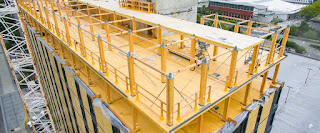How green is my car?
UPDATE (02/10/2018) - Updated to account for upstream CO2e emissions of fuel (i.e., extraction, refinement, and transport). A few years ago, my wife and I decided that our next car purchase would be an electric vehicle (EV). We saw three reasons to make this decision: EVs have lower life-cycle greenhouse gas (GHG) emissions compared to petrol or diesel cars; An EV can be charged directly from our solar panels at minimal cost; and We believe that EVs are the future of personal transport and we wanted to be a part of the transition away from cars that burned fossil fuels, even if that meant that we would be paying more money up front to buy electric. A year later, we bought a fully electric Nissan Leaf. The car has no exhaust pipe and we plug it into a powerpoint in our garage. The car is a dream to drive. It is so quiet, but also very quick. People seem to be interested in the car and the most common question is, "What is the range?" We once drove 115




